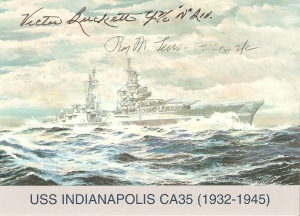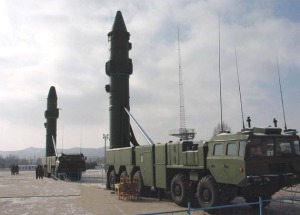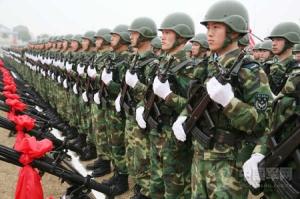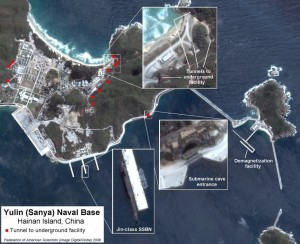
Commemorative card signed by survivor Victor Buckett and rescuer Roy McLendon. 25MAR2009
Last night I had the good fortune of attending a presentation by the USS Indianapolis Still at Sea program in Coral Park Senior High School – Miami, Florida.
The program tells the incredible and tragic story of the USS Indianapolis, which was torpedoed by a Japanese submarine in the Philippine Sea and sank in 12 minutes on July 30, 1945. Of the 1,196 sailors on board the cruiser, only 316 men were still alive after four days.
USS Indianapolis‘ sinking is considered to be the worst naval disaster in U.S. history.
I was deeply honored and moved to meet both Victor Buckett, one of the remaining survivors and Roy McLendon a rescuer who related their story of bravery and survival. The former, a gregarious octogenarian and the latter, a jovial septuagenarian.
There wasn’t a dry eye in the school auditorium after listening to Mr. Buckett and Mr. McLendon tell their firsthand accounts of the horrendous tragedy they faced as young seamen.
One of the many incidents told dealt with sailors becoming delirious and beginning to hallucinate thinking that nearby shipmates in open waters were Japanese, causing others experiencing the same hallucinations to kill off their fellow shipmates. Also, the unforgettable shrieking sounds as nearby shipmates were pulled underwater by sharks.

Photo of Mr. McLendon (l) and Mr. Buckett (r) during Q&A session taken with my mobile phone.
After the presentation during the Q & A session, Mr. Buckett told the story of assisting one of his shipmates who passed basic training without learning to swim. He held up his shipmate (unable to swim) as long as he could but lost him after three days. One of the audience questions asked what carried him through the perilous days. His response was he survived because of his belief in God, whom would see him through the ordeal and save him.
Mr. McLendon told his story of meeting the Captain of the USS Indianapolis Charles McVay after he was fished out of the water. McVay was unjustly accused of causing the sinking of the cruiser because he did not zigzag to avoid Japanese torpedoes. He later faced a court-martial and was only U.S. sea captain to be blamed by authorities for a disaster beyond his control.
Fortunately, a positive step to clear Captain McVay’s name was taken in October, 2000 when legislation was passed expressing the sense of Congress that his “military record should now reflect that he is exonerated” for the loss of the USS Indianapolis.
Although the first organized effort by survivors to clear Captain McVay’s name did not commence until 1960 when the Survivors Organization was formally established, it was never able to gain sufficient public attention until 1996 when an eleven-year-old boy, Hunter Scott, from Pensacola, Florida (who is now a Naval officer), saw the movie “Jaws” and was moved by the very accurate depiction of the character Quint portrayed by the late actor Robert Shaw who explained his hatred of the sharks by telling his story of surviving the attack upon the Indianapolis.
The remarkable care given to the survivors of the USS Indianapolis by their rescuers was also part of Mr. McLendon’s illustration of events he experienced as a young sailor. Sailors who were unable to stand up themselves in showers because of exhaustion after days in the water were held up by shipmate rescuers and the clumps of oil from their bodies were washed off. These same rescuers gave up their racks so survivors could sleep and rest.
Mr. Buckett and Mr. McLendon’s heart wrenching testaments are examples of human courage in the most extremes during wartime and of the U.S. Navy’s ethos of Honor, Courage and Commitment.








